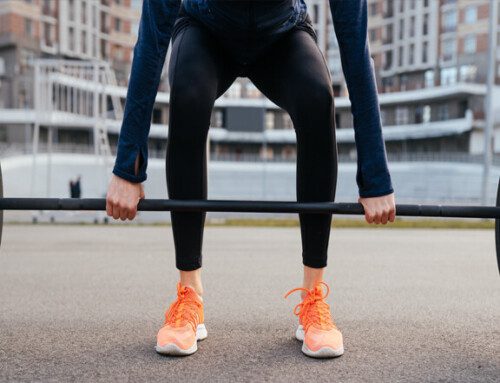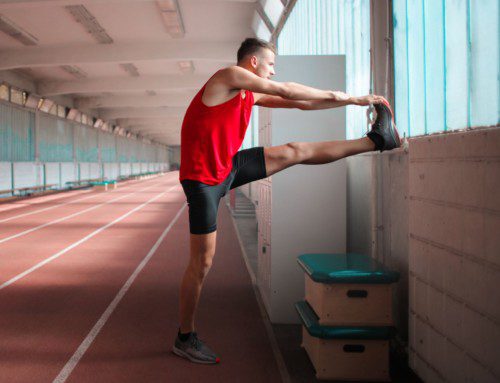Have you ever performed a deadlift? Everyone's answer to this question should be, "Yes!" Deadlifting is a part of our everyday routine. Examples of functional deadlifting include picking up grocery bags from the ground, lifting a box from the floor to your waist, picking up your child from the crib, etc. Deadlifting is an activity we don't realize we do in everyday life! That's why it is essential that a form of the deadlift exercise is implemented into your rehabilitation program, especially if you are suffering from lower back pain.
What the Research Says
Welch et al. found that progressive resistance training exercises for 16-weeks involving the deadlift can subjectively improve lower back pain by 72%, decrease disability by 76% and improve quality of life by 27% [1].
Aasa et al. found that both low and high load exercises were beneficial for decreasing lower back pain. There was no significant difference between the two groups that performed low vs. higher load exercises [2].
So What?
A very common way of injuring the lower back is performing an activity that our body/lower back is not quite ready for, such as lifting a heavy load off the floor. Low-load exercises are beneficial, but if we want to build resilience and strength in our lower backs, we need to prepare our bodies effectively with appropriate loading and exercises. In addition, this also helps to prevent injury to the lower back in the future.
Deadlift Exercise Variations/Modifications
Elevated Deadlifts/Block Pulls
Elevated deadlifts are great because it allows you to change the height of the deadlift to do what you can tolerate. If you have back pain, this is a great modification to help you gradually improve bending down to pick something off the floor.
Goblet Deadlift
This variation can be used if you need a lighter weight. This simulates bending over and hinging from the hips to reach down and pick up items. Feel free to elevate the surface for this as well.
Trap Bar Deadlift
Here's another great variation that can be done if you have back pain. The trap bar deadlift is functional and can simulate bending forward to pick up groceries. In addition, trap bar deadlifts loads your anterior chain (quads) more so than your posterior chain (the back). This will help decrease the forces on your lower back if you cannot tolerate them at the time.
It is important that proper form and technique are taught when it comes to deadlifting light or heavy loads. Make sure you are in touch with a licensed professional who understands proper technique prior to attempting these exercises.
If you're experiencing lower back pain during the deadlift or in general, there are many modifications that can be done to keep you moving and active. Whether you are training for a powerlifting or weightlifting competition, or you just want to be able to move without increasing pain in the back, using any variations of the deadlift exercise in your training or rehabilitation program is necessary!
If you have any questions, feel free to reach out to one of our physical therapists at SetPT. Happy Moving!
Sources:
- Welch, N., Moran, K., Antony, J., Richter, C., Marshall, B., Coyle, J., Falvey, E. and Franklyn-Miller, A., 2015. The effects of a free-weight-based resistance training intervention on pain, squat biomechanics and MRI-defined lumbar fat infiltration and functional cross-sectional area in those with chronic low back. BMJ Open Sport & Exercise Medicine, 1(1), pp.e000050-e000050.
- Aasa, B., Berglund, L., Michaelson, P. and Aasa, U., 2015. Individualized Low-Load Motor Control Exercises and Education Versus a High-Load Lifting Exercise and Education to Improve Activity, Pain Intensity, and Physical Performance in Patients With Low Back Pain: A Randomized Controlled Trial. Journal of Orthopaedic & Sports Physical Therapy, 45(2), pp.77-85.





